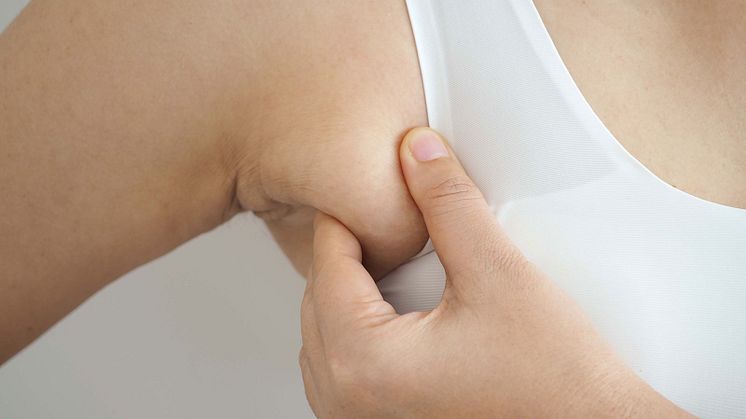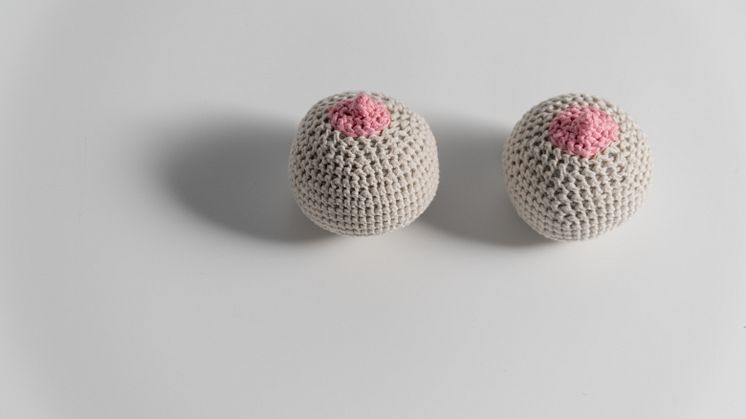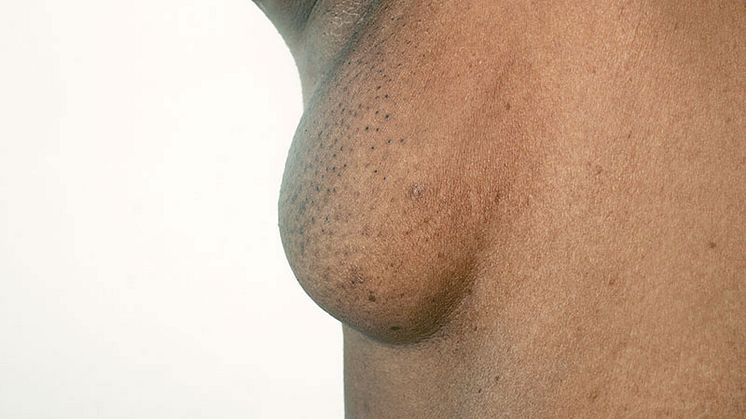
Blog post -
Why Exercising Won't Get Rid Of Accessory Breast
Axillary breast tissue, also known as accessory breasts, is found in approximately 6 percent of the female population. A lesser-known fact is that they are also found in 1 to 3 percent of the male population!
The presence of these tissues can cause discomfort and pain. Generally, accessory breasts are benign, but there have been cases where the lumps are cancerous. It's best to diagnose the problem so that the proper treatment can be applied.
What Is Accessory Breast Tissue?

Accessory breast tissue is defined as "residual breast tissue that persists from normal embryologic development."
An accessory breast develops outside the breast area and is deceptive as it may remain undetected until the individual reaches puberty. It is most commonly located in the armpit, but locations outside the milk line, including the face, neck, chest, middle back, buttock, genitals, flank, hip, shoulder, arms, and thigh, have also been reported.
Accessory breast tissue can contain all or partial elements present in normal breast tissue—glands, areola, and nipple. According to medical classification, there are 8 different possible subtypes of the accessory breast.
In 1915, the Kajava classification was developed to describe supernumerary breasts: (1) complete breast with nipple, areola and glandular tissue; (2) supernumerary breast without areola; (3) supernumerary breast without nipple; (4) aberrant glandular tissue only; (5) nipple and areola with fat (pseudomamma); (6) nipple only; (7) areola only; and (8) hair only [2].
The presence of extra breast tissue is not only a cosmetic concern. Depending on its size, it can also cause discomfort and pain, making wearing certain clothing an ordeal.
What Causes Accessory Breast Tissue?
A patient with accessory breast tissue may be asymptomatic and unaware of the presence of accessory breast tissue. Accessory breast tissue, like a normal breast, responds to hormonal influences. It may come to attention during changes in estrogen and progesterone levels which can cause the breasts to swell, often during pregnancy, lactation or before menstruation.
There may be certain genetic influences for certain susceptible individuals, but for most, there are no identifiable risk factors that lead to the development of accessory breasts.
Exercise Won't Get Rid Of Accessory Breast

Targeted Workout For Axillary Breast Tissue Is A Myth
Persons with accessory breasts are often misdiagnosed to have excess armpit fat. Treatment for accessory breasts and 'armpit fat' are very different. The main reason weight loss and exercise are not of much help for accessory breasts is due to the presence of breast tissue and, in some cases, excess skin tissue. Weight loss or exercise will not affect these tissues very much. Surgery remains the treatment of choice to relieve the symptoms for those who are affected.
The Permanent Option
The most important thing when it comes to accessory breast tissue is to have it properly diagnosed, as it can be mistaken for underarm fat. This can lead to the wrong procedure being performed.
Treatment options will depend on the size and shape, the location, the amount of loose skin tissues and the subtypes of the accessory breasts present. Treatment may include microscopic surgery, liposuction, skin tightening and others. If done properly, surgery offers a permanent option for people who suffer from this condition.
Are you considering accessory breast removal? Contact Amaris B today!
Reference
[1] Bhave, M. A. (2016). Axillary Breast: Contouring the Axilla. In Body Contouring and Sculpting. IntechOpen.
[2] Aydogan F, Baghaki S, Celik V, et al. Surgical treatment of axillary accessory breasts. Am Surg. 2010;76:270–2. [PubMed] [Google Scholar]



